LEDs aren’t the most perfect lighting tools for studio portraits. But they do offers some advantages when shooting portraits in a studio environment. Jay P. Morgan demonstrates this by using LED lights to recreate the magic of the 1920s:
Advantages of Using LEDs
- With an LED light, you get to see exactly what you’re going to capture, which is a great advantage when setting up your lights.
- LED lights, being continuous in nature, are ideally suitable for shooting video.
- You have complete control over your color temperature. You can dial in the color temperature and match with the color temperature of whatever colored light that is coming through a window.
- LEDs draw a consistent amount of power. Strobes, on the other hand, draw a lot of power in a surge when they charge after discharging in a flash. This is why LEDs are comparatively more convenient to use in most environments, including homes.
- They work well for using wide open apertures to achieve shallow depth of field.
Disadvantages of Using LEDs
- LEDs are not very powerful. So, the very reason you can use wide apertures, means you cannot use small apertures like f/8, f/11 and so on.
- With LEDs you won’t be able to freeze action. The light isn’t powerful enough.
- You absolutely need a tripod to shoot with an LED light. You’ll need to use a longer than usual shutter speed, which means you need to stabilize the camera.
- Using modifiers becomes a tad more difficult when working with LEDs. Some LEDs do come with the option to mount a modifier, but not all of them.
Do you shoot with LEDs? Tell us about your experience.
Like This Article?
Don't Miss The Next One!
Join over 100,000 photographers of all experience levels who receive our free photography tips and articles to stay current:
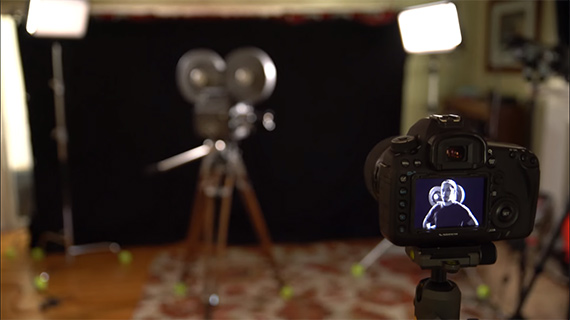
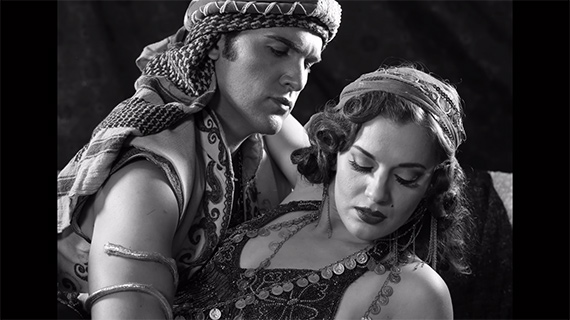
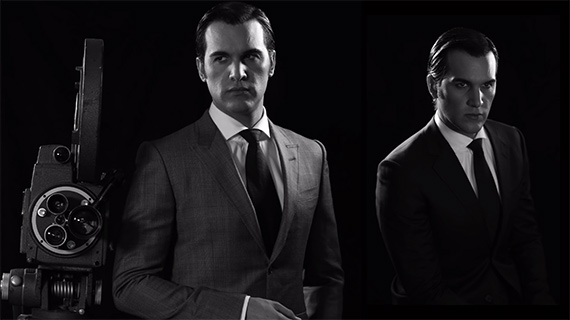
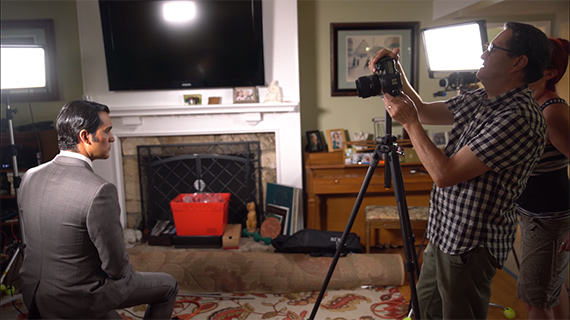
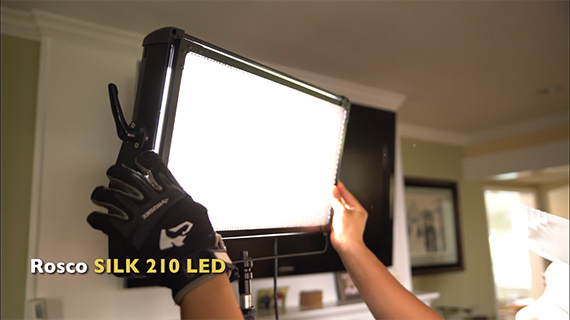






Hi, please include the Lumen output used in the photos. 2000lmn, 4 lumen? Tx
This article barely touched on a major factor when using LED lighting. The CRI or color rendering index, is all over the place, depending on the type of LEDs used. Some panels are not adjustable and only use the 6,000 K blue-white leds and others use the much cooler 2,700 K LEDs and those panels can be independently adjusted. While having a blend of both seems like a good idea, one might want to select a blend of yellowish and blue-white lighting then shoot a color reference chart and a gray card in the interests of repeat-ability. I use the X-Rite color passport as it also includes the gray card, but many inexpensive options are available and I would like to have seen more details regarding the types of LED lighting. It’s not as big of a deal when shooing for black/white but for color work, the details matter.